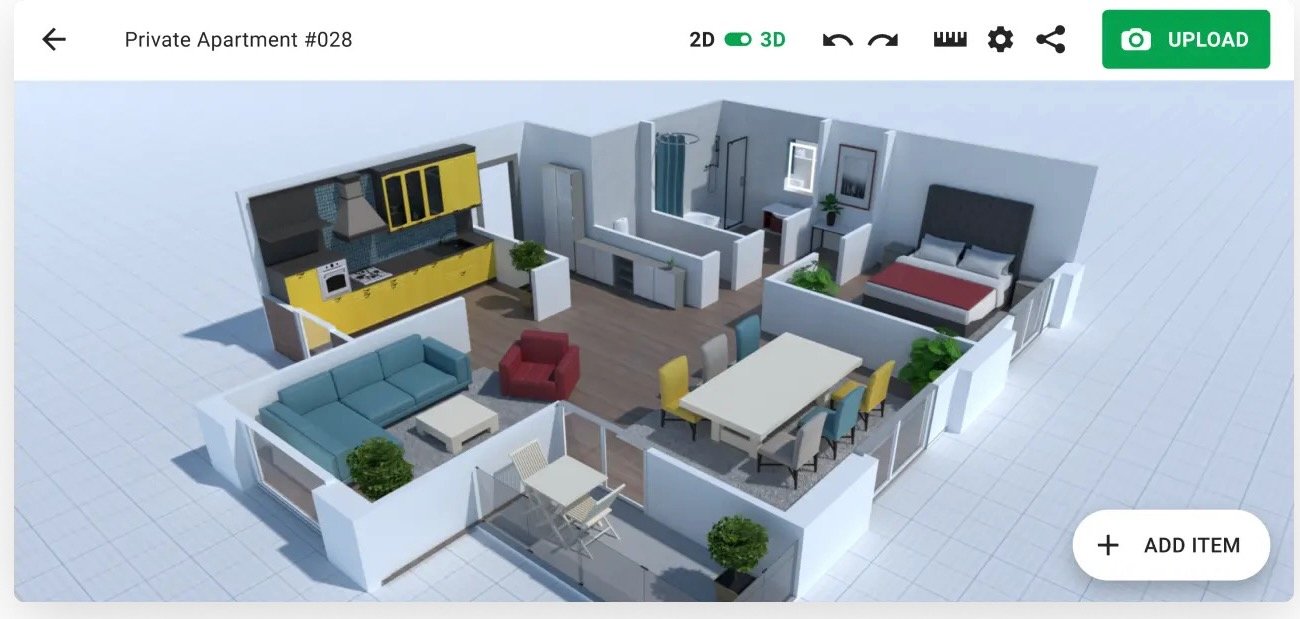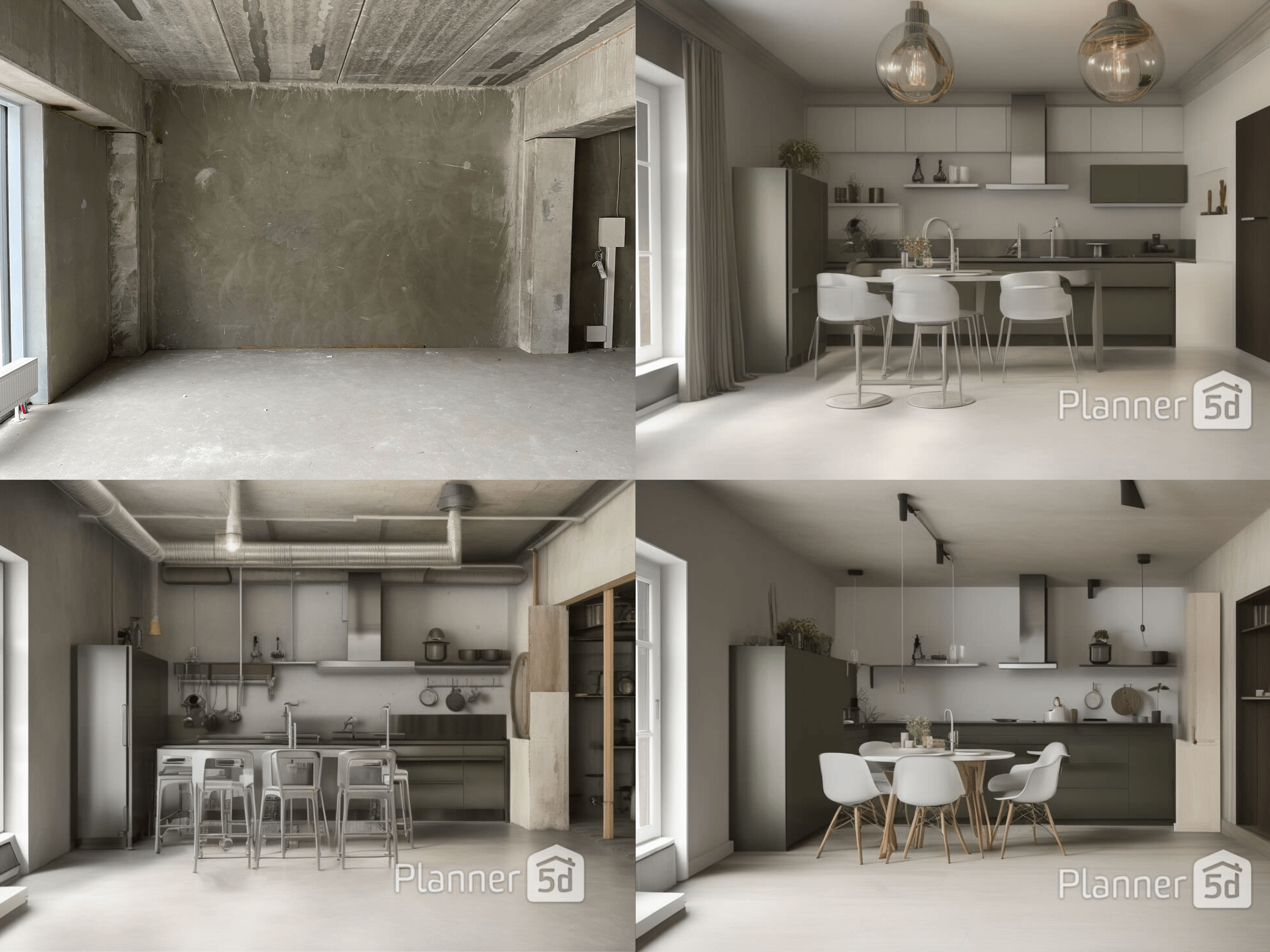One needs to only glance at the startup news to see just an inkling of the flood of emerging companies using Generative AI to transform the digital landscape.
But already successful teams are also using the tech to expand their product repertoire, attract customers, and increase their competitiveness.
An example is the Lithuanian e-design business Planner 5D. The company brings user-friendly cross-platform design tools to home improvement and design enthusiasts.
It's developed an easy-to-use e-design platform, allowing anyone to create floor plans and interior designs in minutes, learn interior design basics, connect with the community of interior design enthusiasts, and find inspiration.

AI, VR and AR technologies power the platform, and Planner 5D recently launched Design Generator. It's a design tool based on the Stable Diffusion model developed with an in-house algorithm.

I spoke to the company CEO, Andrey Ustyugov, to find out more.
Going from high tech to higher tech
Unlike the new crop of generative AI startups, Planner 5D didn't need the latest tech to build an audience – it already had one.
The company has 9 million users who have created over 200 million designs to renovate homes, change interior designs, and choose new furniture and decoration.
Design Generator creates mockups of interior design projects using real-life images. Users upload a photo, choose a type of space, and the app will offer various design options for each uploaded image in a few moments.
And it's getting noticed. The product was even mentioned in NVIDIA CEO Jensen Huang's keynote speech at the recent GTC conference.
Ustyugov sees generative AI as part of a continuum of tool development that began with mobile phones:
"When mobile markets like rural South America and India shifted from lower tech to more powerful devices, it created the ability to render 3d graphics on the fly on handheld devices. This was the biggest breakthrough for e-design."
He sees stand-alone generative AI as a powerful augmentary tool to start the creative process but not generate interior designs. That's where Planner 5D's Design Generator comes in.
Putting home renovators and interior designers on the same page
Tools like Design Generator bridge the gap between professional interior designers and home renovation enthusiasts.
Ustyugov explained,
"A customer can like designs but doesn't know whether a space is comfortable to live in. This includes door and window placement. For example, door knobs don't hit light switches when a door opens. A home design typically doesn't account for these kinds of fundamentals."
Furthermore, users retain digitised plans and measurements and a digital footprint of their space.
For example, you can retain kitchen design configurations to aid future renovations or share with future buyers (or tenants in the case of countries like Germany, where you have to buy and install your own kitchen).

Furniture designers also use planner 5D tools to build furniture with the correct measurements to fit a particular space.
Ustyugov sees a future where tools like Design Generator recommend more sustainable materials and increased energy efficient configurations, such as window placement and recommending sunlights that can comply with local regulations or corporate body rules.

He explained:
"By leveraging digital tools and resources, e-design can help reduce waste and lower carbon emissions, while promoting responsible consumption and encouraging the repurposing and reuse of existing materials and buildings.
For example, e-design can facilitate the visualization and planning of home renovations and interior design projects, enabling more sustainable use of resources and reducing the need for in-person consultations and site visits.
Furthermore, with e-design, it’s possible to bring together a diverse range of professionals, including architects, designers, builders, and engineers, to collaborate on projects. This can lead to more holistic and sustainable design solutions that consider factors such as energy efficiency, indoor air quality, and water conservation.
Skilling the next generation of designers
Ustyugov is also focused on the next generation of interior designers. Planner 5D offers online design courses that include design battles for students to compete against each other while developing their skills.
Currently, over 200 schools globally use 5D Planning, although he notes that it's not always in the most obvious ways.
"They use it in maths classes to teach children to calculate an area and they learn it on real plans. They use it in art when learning to create perspective and in STEM lessons."
Design Generator is free for new Planner 5D iOS users during the trial period, and existing users can access it through a subscription. Desktop and Android versions are coming soon.
Lead image: Planner 5D.



Would you like to write the first comment?
Login to post comments